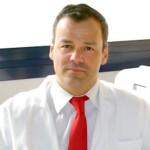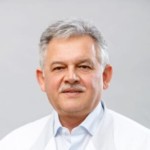The HM Montepríncipe University Hospital is a separate surgical and maternal-pediatric complex, opened in 1998. The hospital has an outpatient clinic for pediatrics, gynecology, and obstetrics, the Comprehensive Cardiovascular Disease Center (CIEC), and a pavilion for teachers.
NM Montepríncipe is the first private hospital in Spain to be ISO 9001: 2008 certified and the first private hospital in Madrid to be accredited as a university center in 2007. Both certificates apply to all HM hospitals.
HM Montepríncipe is a national benchmark due to the high specialization of its maternity hospitals. More than 50,000 deliveries have been performed to date.





